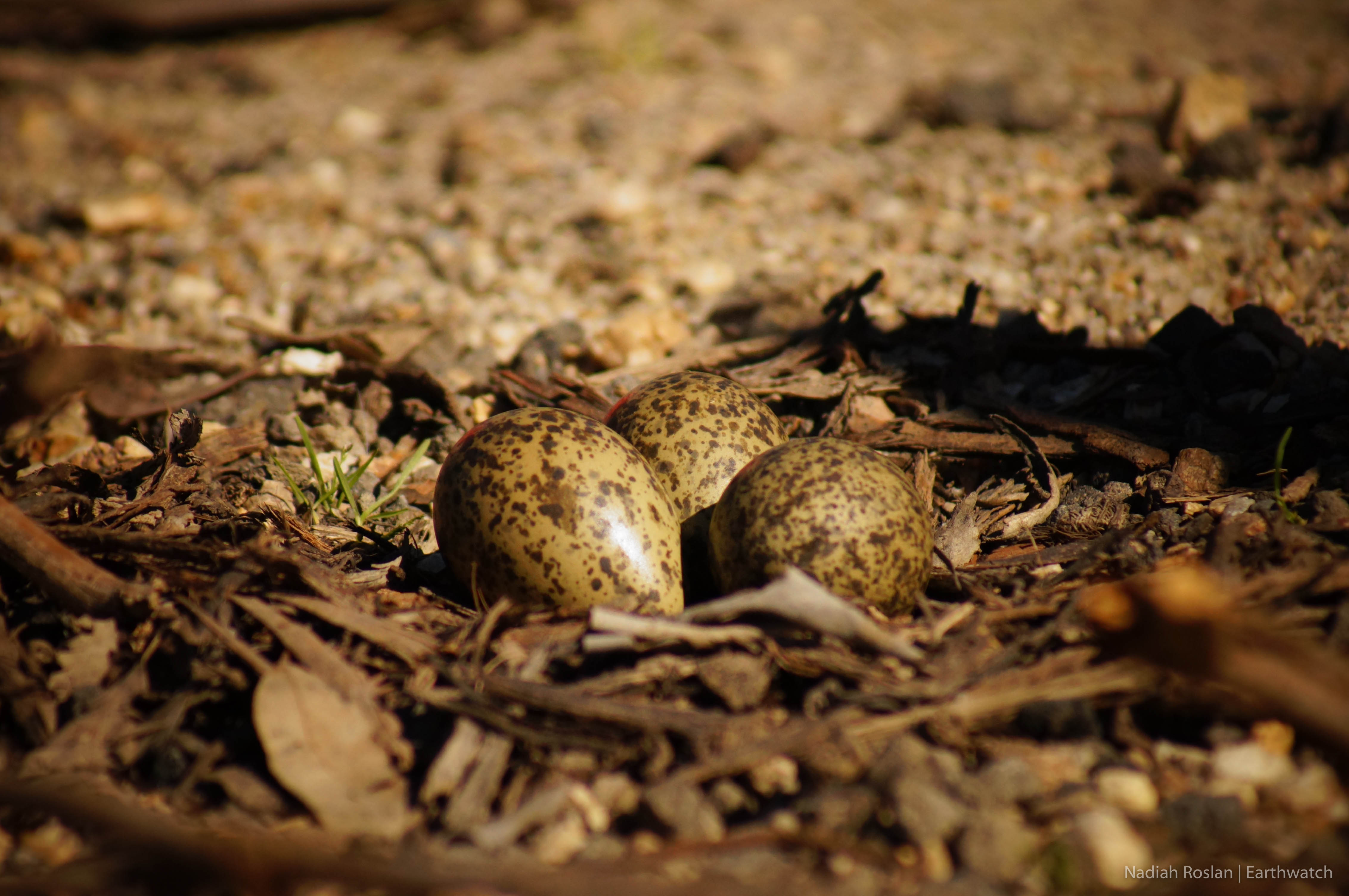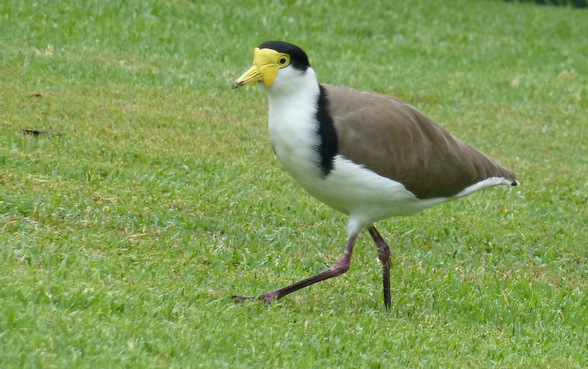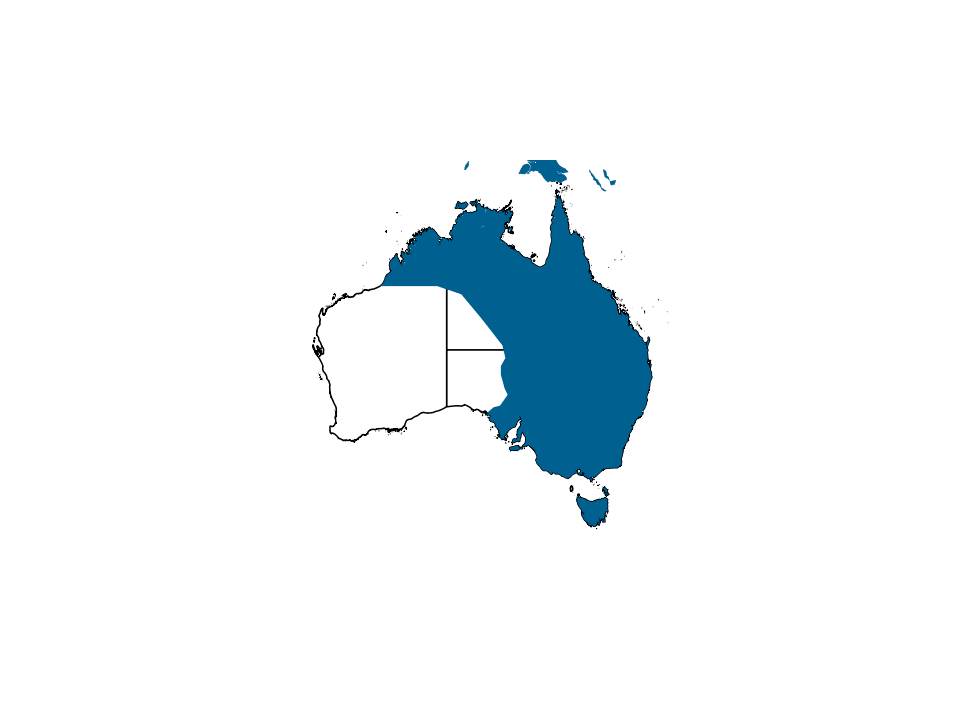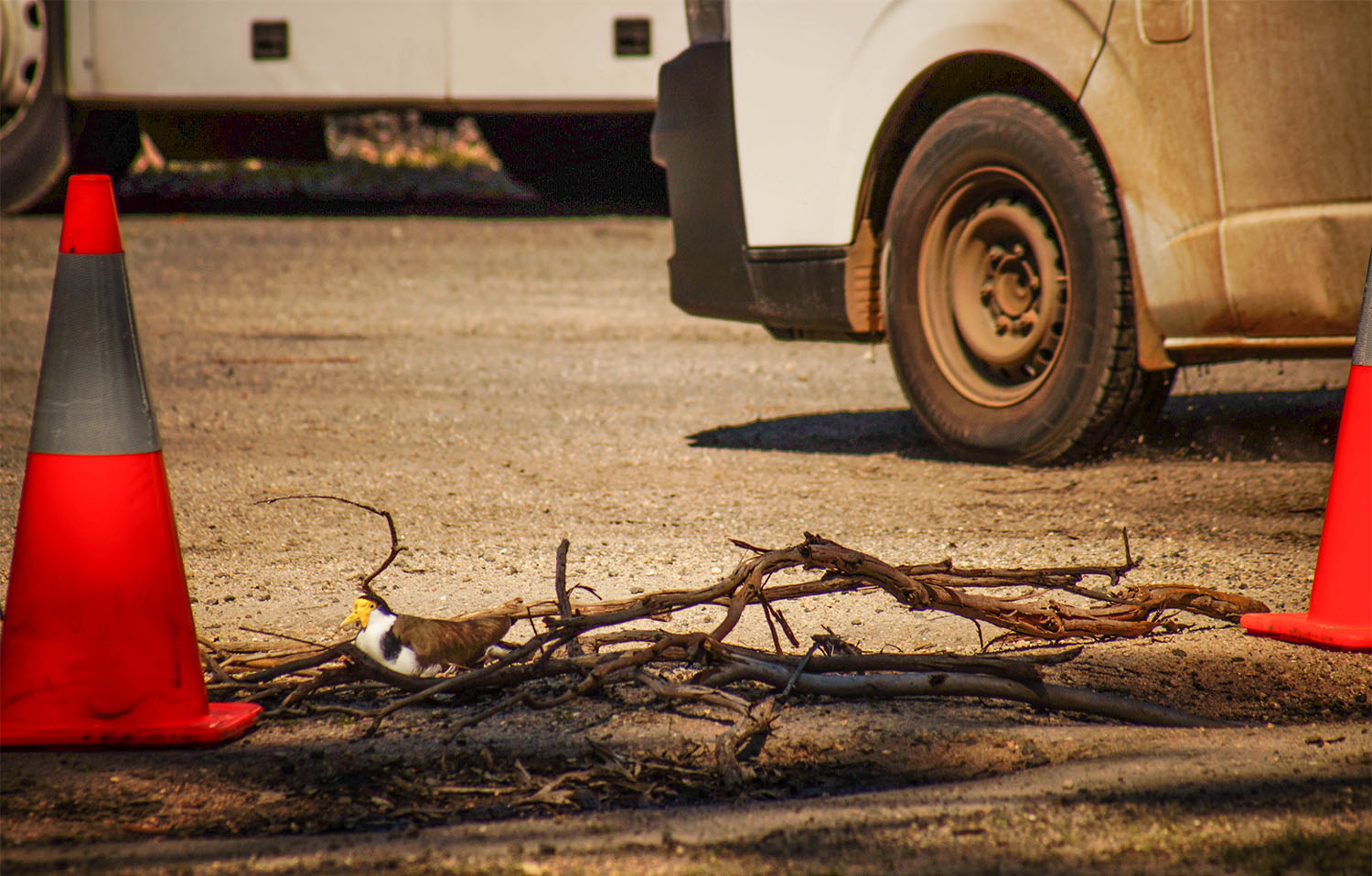Size
33 – 38 cm long
Behaviour
Call
A loud penetrating "keer-kick-ki-ki-ki"; it is sometimes called the alarm bird.
Diet
Mainly insects but also worms, spiders and snails. Most food is obtained from on or just below the ground. They usually feed in pairs, but sometimes also singly or in small groups.
Flight
It will swoop at passers-by during breeding season.
Breeding
May breed in any season when conditions are suitable. Its nest is a simple scrape or small depression in the ground. Between 3 and 5 eggs are laid, and they are incubated by both parents for 28 to 30 days. Chicks are able to feed themselves as soon as they hatch. The parents are extremely defensive around their nesting site, particularly after the young have hatched. Young are independent after 8 to 10 months, but they may remain with their parents for up to 2 years.
Field Guide
Improve your identification skills. Download your Masked Lapwing field guide here!





